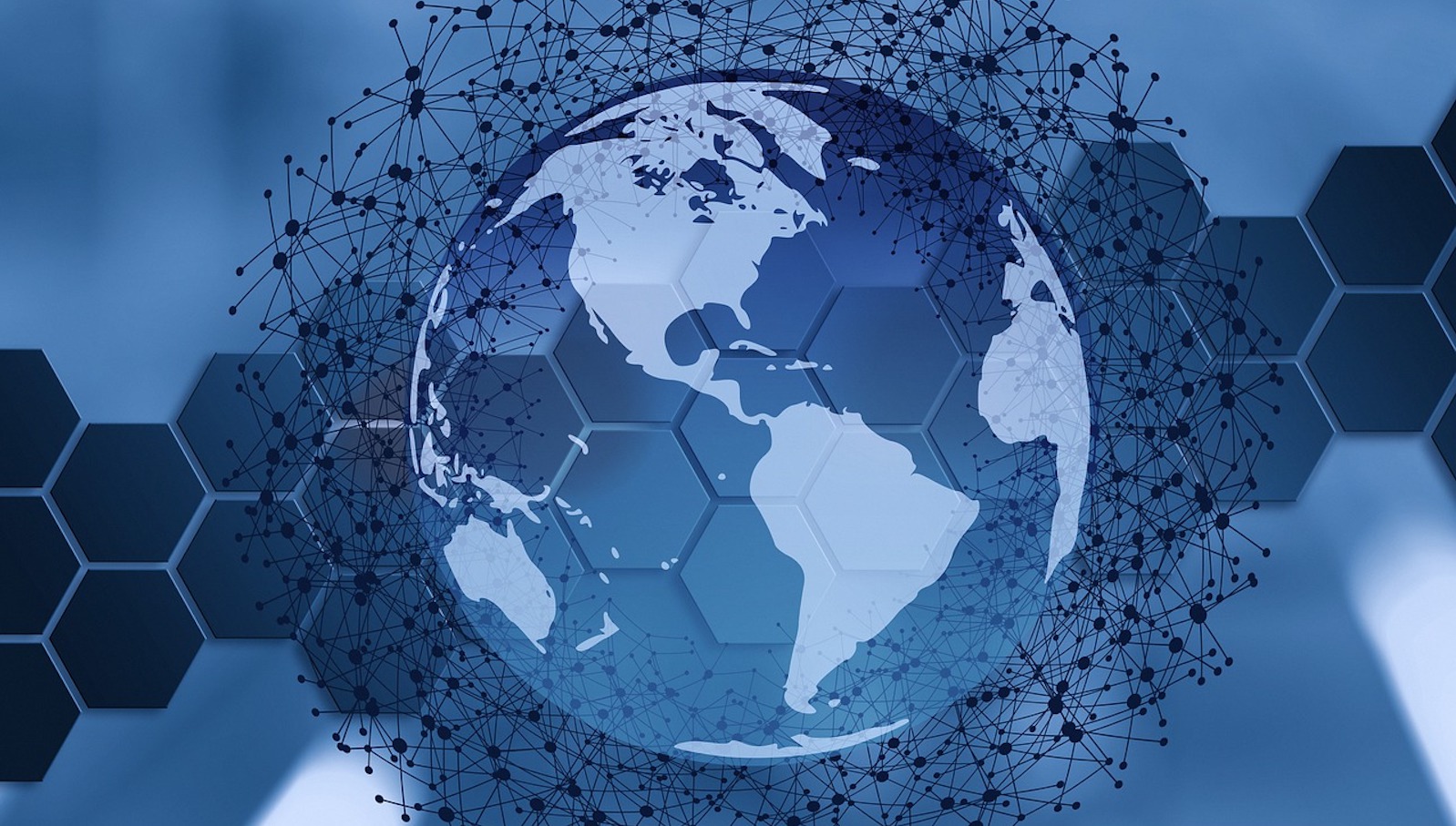KEY TAKEAWAYS
--Organizations are increasingly turning to attack surface management (ASM), which can identify, monitor and mitigate vulnerabilities that can be targeted by malicious threat actors.
--Cyber threat intelligence (CTI) equips teams with invaluable insights into the motives and capabilities of cybercriminals, emerging tactics and intended targets.
--But the potential threats that are identified can overwhelm security teams, so it's crucial to apply an ASM lens to refine CTI output and focus on those that are most relevant for an organization's unique attack surface.
----------
Cybersecurity Ventures estimates cybercrime will take a $10.5 trillion toll on the global economy by 2025. If it were measured as a country, the underground cybercriminal economy would be the third largest in the world after the U.S. and China. Amid the growing complexity and sophistication of malicious cyber threats, how can cyber defenders protect their organizations from falling victim to cyberattacks and keep their hard-earned profits from being diverted into the coffers of cybercriminal threat actors?
As the threat landscape evolves, organizations are increasingly turning to attack surface management (ASM) as an essential component of their cybersecurity program. ASM empowers security teams to identify, monitor and mitigate vulnerabilities across the attack surface -- including all known and unknown entry points -- that can be targeted by malicious threat actors.
While continuous monitoring of an organization's environment is critical to protecting its IT infrastructure, systems, and data -- ASM alone is not enough. Without real-time insight into the cybercriminal underground, ASM solutions cannot accurately identify at-risk assets or overall organizational threat exposure. This visibility gap hinders security teams from efficiently prioritizing the threats that pose the greatest risk -- costing more time and effort than resource-constrained teams can afford.
Like ASM, cyber threat intelligence (CTI) is considered indispensable within the organizational cyber defense arsenal. CTI equips teams with invaluable insights into the motives and capabilities of cybercriminal threat actors; emerging tactics, techniques and procedures (TTPs); and the intended targets for attacks. Many organizations have adeptly incorporated CTI within their cybersecurity programs to gain critical insights into their threat landscape and risk exposure.
However, when unfiltered and unscoped for organizational relevancy, the sheer volume of data can be overwhelming. Without the ability to refine this intelligence to focus on the threats and insights that matter most to their business, security teams are unable to cut through the noise -- potentially missing a looming threat that exposes their organization to attack.
By combining CTI with ASM, teams can optimize performance, with the internal context derived through ASM serving as a filtering mechanism for the vast volumes of threat intelligence data. In other words, applying an ASM lens to threat intelligence data refines CTI output to focus on the threats that hold the utmost relevance for the organization's unique attack surface.
When CTI and ASM work in unison, the combined solution empowers security teams to automate the monitoring and discovery of assets, facilitating the preemptive detection and mitigation of potential threats. This cohesive approach significantly strengthens the organization's security posture while optimizing the productivity of existing teams and resources.
ASM and CTI: A Cyber Defense Advantage
The benefits of integrating CTI with ASM go beyond protecting a company's financial position and brand. Consider the following additional areas where ASM and CTI deliver value:
Compliance: When combined with CTI, ASM solutions can help enterprises meet regulatory compliance requirements by delivering complete visibility of their risk exposure across network assets. This visibility enables governance, risk and compliance (GRC) teams to measure their compliance coverage, discover potential regulatory violations before attacks are carried out, undertake risk assessments and justify their decisions for vulnerability remediation.
Supply Chain Risk: ASM solutions equip security teams with the insight and automated capabilities to detect and manage all potential exposure points within the organizational network, including exposures through third-party partners and suppliers. By taking into account crucial internal context, such as the business criticality of each asset and real-time threat intelligence that indicates urgent risks, ASM enables security teams to swiftly prioritize remediation efforts and fortify the protection of both internal and external networks and assets.
Cloud Migration: Organizations' cloud migrations and rapid digitization efforts present significant challenges for organizations as they attempt to manage their growing attack surface and maintain robust cyber hygiene. By leveraging context-rich threat intelligence tailored for their unique organizational attack surface and environment, security teams can maintain constant vigilance in continually monitoring digital assets and addressing high-risk threats that target their cloud systems and applications.
Mergers and Acquisitions: In the context of M&A, the combined value of ASM and CTI extends to both pre-M&A cybersecurity due diligence, as well as post-M&A integration processes. During pre-merger cybersecurity due diligence, the integrated CTI and ASM solution enables security teams to thoroughly evaluate the cybersecurity posture of the target company. This assessment assists in identifying potential risks and exposures, allowing organizations to better assess the potential impact on sensitive data and overall risk posture before finalizing an acquisition or merger.
Following a merger or acquisition, the resulting expansion of their attack surface and heightened security risk pose a challenge in the post-M&A integration phase. By leveraging CTI and ASM, security teams gain complete visibility into known and unknown assets and the highest-risk threats targeting their systems and data. By adopting this combined approach, organizations can navigate the complex terrain of post-M&A cybersecurity, managing and mitigating threats to their systems and data.
See also: Why Hasn't Cyber Security Advanced?
Two Valuable Tools Are Even Better Together
While ASM and CTI play equally critical roles within any organization's cybersecurity arsenal, their true value can only be realized when they are harmoniously implemented together. By integrating ASM and CTI, security teams unlock a synergy that empowers them to identify, monitor and mitigate exposures across their unique attack surface and gain critical insights into the motives, capabilities and targets of cybercriminal threat actors.
This combination allows organizations to prioritize their efforts and focus on the threats and vulnerabilities that pose the most significant risk to their business, enabling them to defend against cyberattacks and protect their digital assets. The combined force of ASM and CTI serves as a force multiplier, strengthening the overall organizational cybersecurity posture and significantly reducing the risk of falling victim to malicious cybercriminals who seek to exploit the organization for financial gain.








